The Top 2019 vs 2018 Fastest UK Mobile and Home Broadband ISPs

Next we’re going to examine how some of the more established full fibre (FTTP) AltNet providers – those that have built their own physically separate networks – compare with the mainstream national ISPs. Sadly most altnets only have comparatively niche coverage and limited speedtest data, which means that at present we can only summarise some data from a few of them.
As FTTP providers don’t suffer from the same performance pitfalls as copper or hybrid fibre ISPs then this time we’ve decided to focus our results on only the top 10% of fastest connections, which in most cases will reflect those consumers who take the fastest package tiers available from each provider.
However the performance scores below will still be heavily affected by the same caveats as mentioned earlier (e.g. slow Wi-Fi, local network congestion, limits of the speedtester etc.). Some full fibre ISPs would like us to display the average speeds for only their fastest available package but there simply isn’t enough data for that on every ISP and our purpose here is to examine general market change.
Hopefully in the future Ofcom may require ISPs to publish more of their own internal speedtest data (i.e. to the customer’s router) for each of their packages in public, which would enable us to see how such connections perform when WiFi is taken out of the equation. However they probably won’t do that unless forced.
Full Fibre Altnets by Average Speed (2019 vs 2018)
| ISP | Download – Top 10% (2019) | Download – Top 10% (2018) |
| Community Fibre (FTTP) | 448.9Mbps | 686.2Mbps |
| Vodafone (FTTP Only) | 321.6Mbps | no data |
| Gigaclear (FTTP) | 321.4Mbps | 199.3Mbps |
| Hyperoptic (FTTP) | 284.9Mbps | 256Mbps |
| KCOM (FTTP Only) | 272Mbps | no data |
| B4RN (FTTP) | no data | 270.2Mbps |
Overall it’s clear from the results above that such providers are anything but slow and this gives us a handy glimpse of what the future will be like, once full fibre networks are universal. However it’s worth noting that the Top 10% (download) result from Virgin Media’s network, before 1Gbps has even become widely available, still came in at a respectable 193.8Mbps (although their upload was very weak).
The Fastest Mobile Operators
Accurately gauging performance on mobile networks remains an unrealistic expectation due to the highly variable nature of the technology. Users of such services are almost constantly moving through different areas (indoor, outdoor, underground etc.), using different devices with different capabilities and the environment around them (weather, trees, buildings etc.) is similarly changeable.
Suffice to say that studies of mobile broadband performance should be considered open to variation, although the top networks tend to be those with a combination of the best 4G coverage, a good amount of radio spectrum and the most advanced technology (e.g. LTE-Advanced and Carrier Aggregation for harnessing multiple spectrum bands).
At present EE continues to hold the top position for another year, which is partly due to them having the best geographic UK network coverage (aiming for 95% by the end of 2020) and plenty of 4G spectrum to fuel it. However this dynamic may start to change as the 5G rollout matures but it’s still early days for that technology.
Average Mobile Download Speeds
| No. | Operator | 2019 (Top 10%) | 2018 (Top 10%) | Change |
| 1. | EE | 32.5Mbps (70.7Mbps) | 30.1Mbps (63.8Mbps) | 7.97% |
| 2. | Vodafone | 26.5Mbps (60.7Mbps) | 23.2Mbps (56.2Mbps) | 14.22% |
| 3. | Three UK | 18.6Mbps (43Mbps) | 17.7Mbps (41.1Mbps) | 5.08% |
| 4. | O2 | 16.9Mbps (38.4Mbps) | 14.6Mbps (33.1Mbps) | 15.75% |
Average Mobile Upload Speeds
| No. | Operator | 2019 (Top 10%) | 2018 (Top 10%) | Change |
| 1. | EE | 7.6Mbps (17.9Mbps) | 5.3Mbps (14.7Mbps) | 43.4% |
| 2. | Vodafone | 6.5Mbps (16.4Mbps) | 5.3Mbps (14Mbps) | 22.64% |
| 3. | Three UK | 5.5Mbps (15.2Mbps) | 4.6Mbps (12.8Mbps) | 19.57% |
| 4. | O2 | 4.4Mbps (11.4Mbps) | 4.2Mbps (10.9Mbps) | 4.76% |
Overall the average download speed of the four primary mobile operators was 23.62Mbps (up from 21.4Mbps at the end of 2018) and the average upload speed hit 6Mbps (up from 4.85Mbps). We also note that Vodafone seems to be slowly catching up to EE for downstream performance (mostly due to rising 4G availability) and Three UK is now threatening to leapfrog O2.
We should point out that the current government has recently lent its support to a £1bn industry-led Shared Rural Network (SRN) agreement on mobile coverage (here), which aims to extend geographic 4G coverage to 95% by the end of 2025 (the Government will put £500m into this). Suffice to say that between this and the roll-out of 5G we’ll be interested to see how the results look at this time next year.
In any case we do not consider the above speedtest based data – either for mobile or fixed lines – to be a reliable barometer for individual users, but it can help to highlight general changes in the market. The ever expanding reach of faster networks and take-up means that we will continue to see a general upward curve as consumers upgrade to use ever faster services.
Mark is a professional technology writer, IT consultant and computer engineer from Dorset (England), he also founded ISPreview in 1999 and enjoys analysing the latest telecoms and broadband developments. Find me on X (Twitter), Mastodon, Facebook and Linkedin.
« Internet Data Traffic Dips at UK ISP TalkTalk for Christmas Day
Latest UK ISP News
- FTTP (5528)
- BT (3518)
- Politics (2541)
- Openreach (2298)
- Business (2265)
- Building Digital UK (2246)
- FTTC (2044)
- Mobile Broadband (1975)
- Statistics (1789)
- 4G (1666)
- Virgin Media (1621)
- Ofcom Regulation (1464)
- Fibre Optic (1396)
- Wireless Internet (1390)
- FTTH (1382)





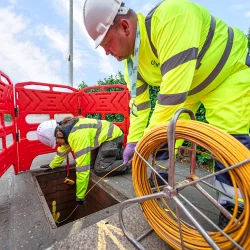
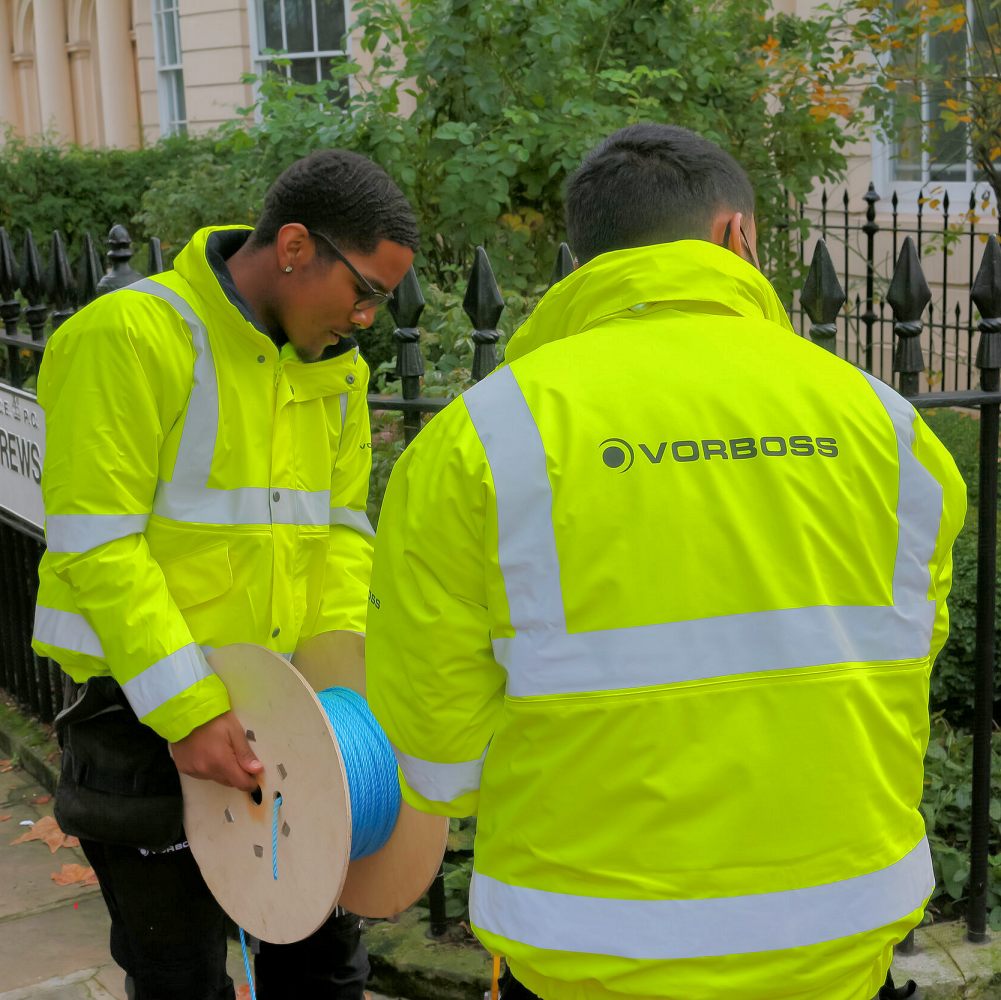
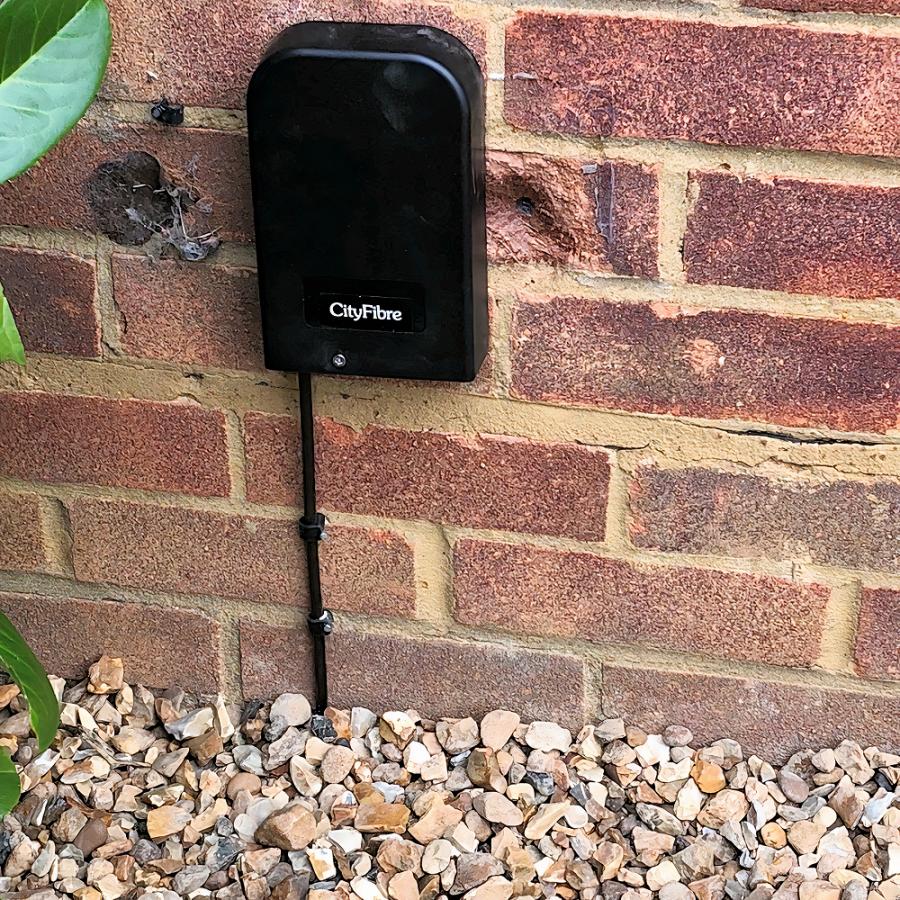





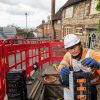








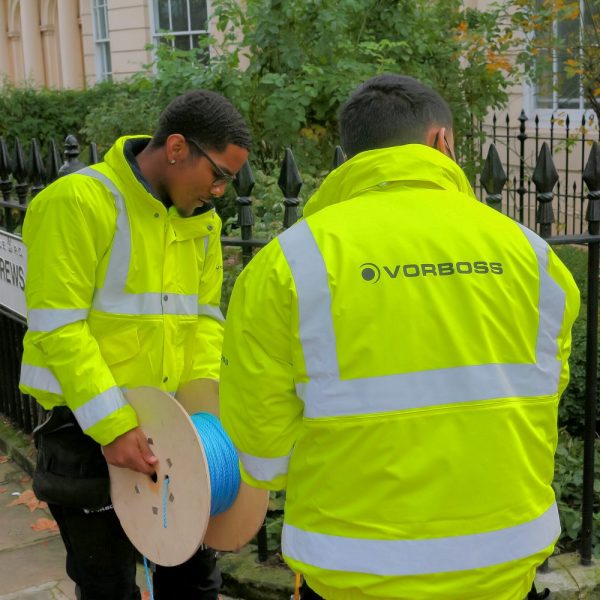
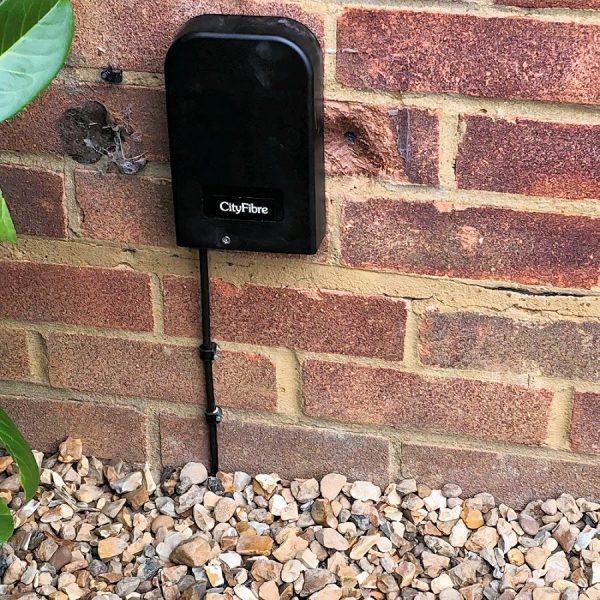
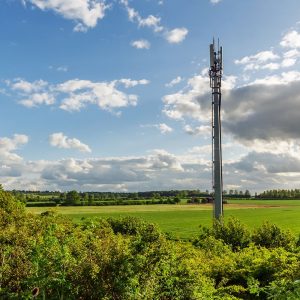


































It’s time FTTC was provisioned to the max the line can support like when we moved from fixed rate 1/2Mb ADSL to ADSLMax upto 8Mb and ADSL2+ upto 24Mb. My router shows a max attainable rate of 130Mb download and 40Mb upload. Yet it is rate limited to 80/20Mb.
I wouldn’t hold your breath.
Openreach can’t make that change as BT Wholesale did. Their customers would have to ask for it and they are far more interested in full fibre, reliability and profitability.
max attainable rate is not the stable rate. wishful thinking.
I’d be surprised if OR did mess with a stable product such as FTTC now.
As I have posted many times before the GFast investment would have been better spent on upgrading FTTC from 17 – 35MHz. And potentially this could have taken throughput up significantly for the majority of people with FTTC.
Now things have moved on to FTTP – further investment in copper is a diversion of resources that would be better spent adding more full fibre premises and hopefully discussion about sync rate and throughput become a distant memory – here is to hoping.
Lets be thankful that FTTP is now recognised as a necessity across the political spectrum and at BT/OR with a properly resourced full fibre rollout that is actually happening.
@joe
Max attainable rate with a reasonable SNR margin should be fine in all but a few cases.
The max attainable rate many routers report would not actually be attainable (at least not reliably) many just would not have a good enough line attenuation to support considerably more than the current 79999kbps. Lowering the SNR even more on a poor attenuation line would make it even less reliable. The maximum rate is a THEORETICAL.
There is a reason the “average” rate for “UPTO 76Mb” FTTC only stands at around 65Mb across providers. People that think because there router says max and a figure 100Mb or higher could actually get that speed reliably are living in cuckoo land for the most part.
VERY ROUGHLY you would require a line attenuation below 8db and an SNR of around 10db or better (Hardly anyone is likely to have that it would be an insanely good line) to go from 80Mb to 100Mb or more (you would get around 4Mb per db drop. Or your 10db SNR @ 80Mb would go to about 6db to get 100Mb or more maybe 120Mb @3db). Anyone that is currently at around 3-6db SNR already (The vast majority) has absolutely no chance of a reliable 100+ Mb.
The person who thinks they could get 130Mb on FTTC at the beginning of the post either has a bizarrely good line (unlikely), is outright fibbing about reported figures (possibly) or just does not know what the hell they are on about or how things would would in reality.
@beany
I’m looking at a line right now where the router reports:
Current Rate 49999 kbps
Maximum Rate 138488 kbps
Signal-to-Noise Ratio 31.9 dB
Attenuation 4.5 dB
The VDSL cabinet is literally right outside the property.
You’re right that most would not be able to attain more than 80Mbps but some definitely will. Maybe Sam is one of them.
^^^ Are you sure you have those Atten and SNR figures the right way round?
For a line that can sync at 50Mb with a cab right outside the property an Attenuation of 4.5db is pretty poor. When i had FTTC i could get the full 80MB (no doubt you could to if you did sub to only 50Mb) but i was around 600 Metres from the cabinet but still only had an Atten of 9.4db. As to the SNR i suspect that would fall pretty quick if you subbed to 80Mb and would be down around the 10db mark instead, which would leave only around 5db wriggle room for you to get that extra 50Mb or 138Mb in any reliable fashion, so highly unlikely.
@go away
The reasonably expected sync rate at 600m is about 50Mbps (or a little over). There’s no way you had 80Mbps sync at 600m.
I have 5 lines into my property, all of which have had FTTC on them at some point and all could do 80Mbps with only a little extra possible (judged by max attainable reported by the router, the SNR margin and for one line a test performed by an Openreach engineer who commented that it was the best result he has yet seen on my street). This is at a distance around 150-200m which entirely fits with expected speeds.
The real factor stopping sync at 130Mbps would be that BT haven’t implemented the appropriate profile.